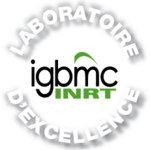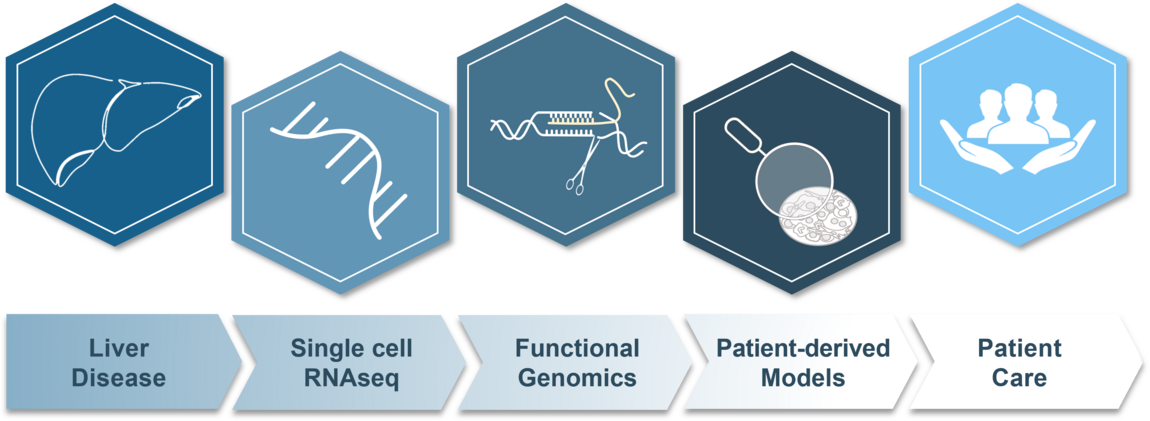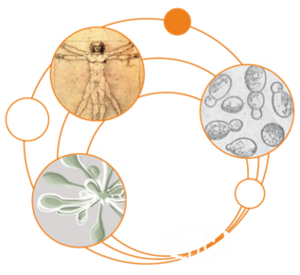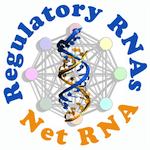Biologists face an ever-increasing accumulation of large datasets, which require the use of complex databases to extract specific information and the contribution of researchers from different disciplines with complementary skills to interpret and validate the amassed data. In addition, the technologies employed in biology are constantly evolving and increasing in complexity. ITI IMCBio+ brings together a critical mass of researchers coming from diverse disciplines to tackle challenging projects in Biology. The participating and internationally renowned LabEx INRT, NetRNA, MitoCross and HepSYS will be autonomous for their research programs but the ITI IMCBio+ structure will facilitate and promote several common actions
- to better coordinate student training through research at the Graduate School IMCBio
- to facilitate transversal inter-LabEx collaborations and synergies
- to organize workshops, seminars and training on specific topics
- to create bridges between complementary disciplines (together with other ITI)
- to enhance funding leverages









